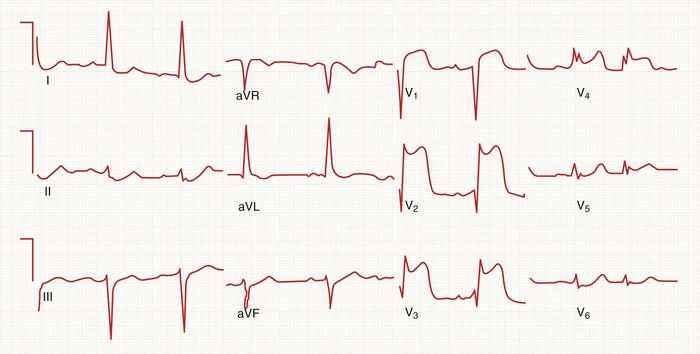ST Segment Elevation Myocardial Infarction (more popularly known as STEMI) is one type of heart attack which could be detected by an electrocardiogram test or ECG. Annually, it is estimated that there are at least 250,000 in the US who fall victim of STEMI.

Heart attacks (or myocardial infarctions) happen when a coronary artery supplying blood to the heart muscle is fully or partially blocked by a blood clot suddenly. This occurrence causes at least a portion or some of the heart muscle to die. Heart attacks have been categorized into two types according to their severity and STEMI is the more severe and serious type.
The coronary artery is completely blocked off by the block clot in a STEMI. As this happens, the heart muscle that was being supplied by the affected artery dies which rather gives quite an impact to a person’s whole system.
Good thing that this type of heart attack is usually easily determined by the characteristic changes it shows on the ECG test. One of those ECG changes is a characteristic elevation within the ST segment and indicates noticeably quite large damage in the heart muscle. As stated, this is due to a fact that the coronary artery has been completely blocked off; hence, the name of this type of heart attack.
Symptoms
- Chest pain which can be described just like an elephant sits on the victim’s chest.
- Heart burn radiating to the left arm or right arm, the back up to the neck and lower jaw.
- Excessive sweating
- Light-headedness or vertigo
- Shortness of breath
- Weakness
- Nausea and vomiting
- Heart palpitations
- Loss of consciousness
